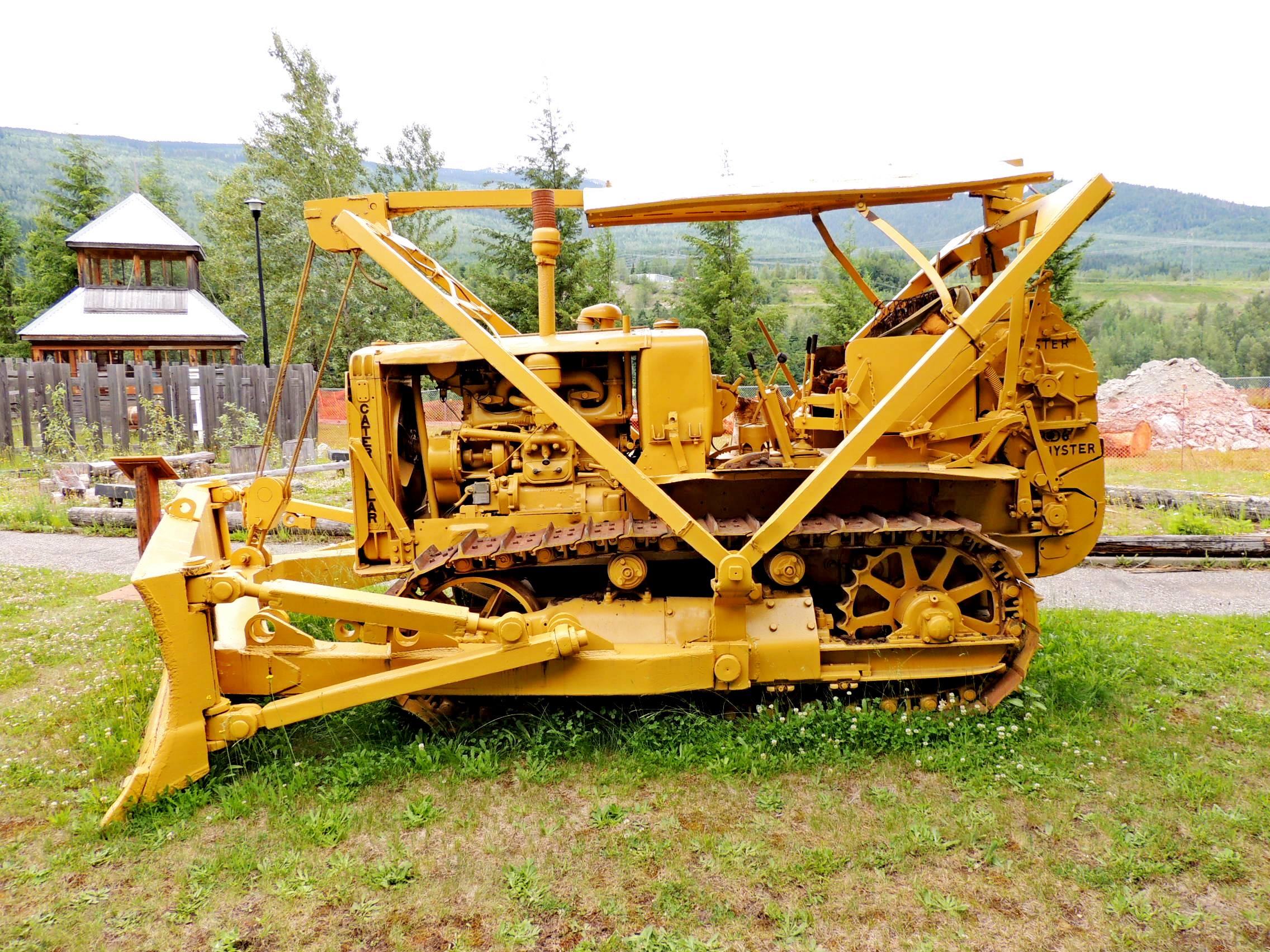|
 Caterpillar RD-6 - Revelstoke, BC Posted by:  T0SHEA T0SHEA
N 51° 02.648 W 118° 12.136
11U E 415718 N 5655420
On our most recent trip through Revelstoke we made another visit to the BC Interior Forestry Museum, which is just west of the Revelstoke Dam.
Waymark Code: WMQCBA
Location: British Columbia, Canada
Date Posted: 02/03/2016
Views: 2
While at the museum we noticed some new machinery out behind the main museum building, including a D6 Cat and this RD6. Both spent the majority of their lives in the forest skidding logs around. This RD6 was always in private hands, working most of its life for a family owned sawmill.
A bit of the story of the Cat is below, from a plaque mounted by the RD6.
RD-6 Caterpillar with Winch - circa 1930s
This RD-6 Cat belonged to Art Holding out of Adams Lake, British Columbia. In 1944 Art and his wife Elsie purchased a local sawmill and renamed it Holding Lumber Company Limited. They ran it successfully until 1972, when they sold the business and retired.
This machine is powered by the 45-horsepower D6600, 3-cylinder diesel engine, running at 900 revolutions per minute. The diesel engine is supported by a 3-cylinder gasoline 'pup motor'. The combustion provided by the pup motor was used to start the diesel compression engine.
The chassis is supported by a cross-spring running from track frame to track frame, which rocks up and down allowing both tracks to remain grounded on uneven terrain.
Introduced in 1935 as the more powerful version of the Cat-40, the RD-6 was an all-around performer in the Cat product line, having the stability and power to work on steep ground. In late 1937, Cat changed the nomenclature from RD-6 to the D-6, without altering any aspect of the product.
Prior to the days of hydraulics, winches were used to raise and lower the blade. However, the blade's ability to dig in was limited by the lack of resistance on the winch and the weight of the blade itself - meaning a large rock or stump could kick the blade up, causing the operator to make repeated runs at the obstacle to clear it. To maximize digging, operators would lean the blade back to prevent the blade from lifting.
The introduction of hydraulics in the late 30s allowed the weight of the entire machine to be applied to the blade, allowing for better control and more effective clearing.
Art had replaced the original factory blade with a heavier one which he had made, as the factory blade was too light and was breaking often.
Donated by Elsie Holding of Chase, British Columbia.

Engine Type: Internal Combustion

Wheel Type: Steel

Make: Caterpillar

Model: RD6

|
Visit Instructions:
You must include a picture that includes the tractor/engine and your GPSr (and you if possible); The location (coordinates) and the closest town/state/country where you found the tractor/engine; any interesting details about the tractor/engine (Make, Model, Year made, Horsepower, etc); and anything else you find interesting about the location where you found it.
Recent Visits/Logs:
| There are no logs for this waymark yet. |
|
|
|
|